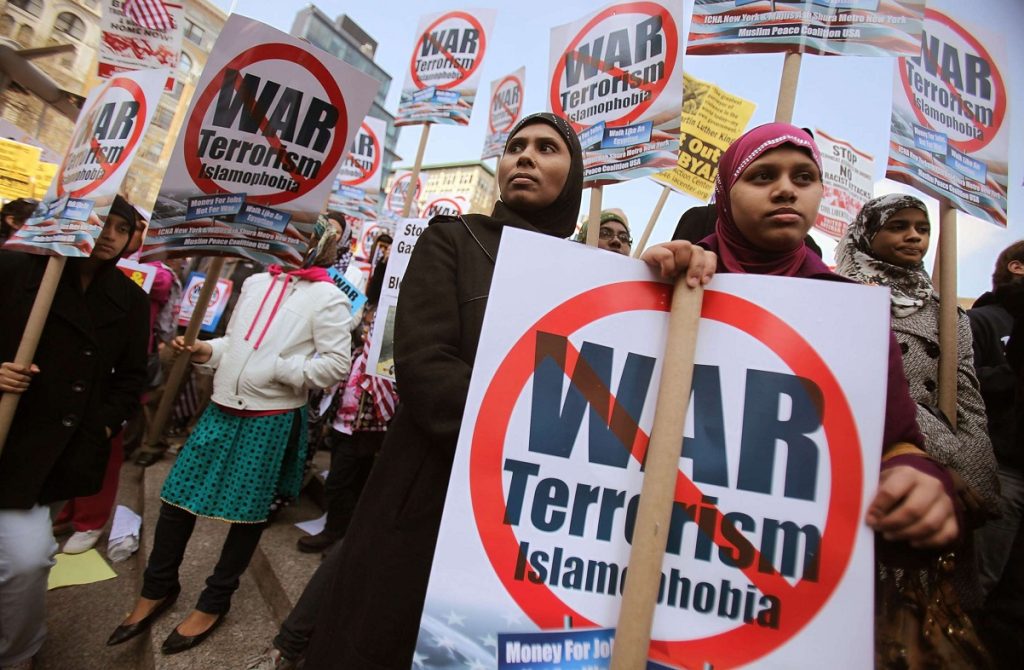There is a common misconception—often fueled by biased media coverage and political rhetoric—that Arab and Muslim immigrants have higher crime rates in the United States. However, when we turn to data, research, and criminal justice statistics, a very different picture emerges. This article provides an in-depth analysis of the actual crime rate among Arab and Muslim Americans, with special attention to systemic bias, hate crimes, and demographic overrepresentation in prisons.
1. Arab and Muslim Crime Rates Are Lower Than Perceived
Numerous studies have confirmed that first-generation immigrants, including Arabs and Muslims, are less likely to commit crimes than native-born Americans. This phenomenon is called the “immigrant paradox”—despite facing economic and social challenges, immigrants often exhibit lower rates of violent or property crime.
According to a 2023 study published in the Journal of Ethnicity in Criminal Justice, immigrant communities (including Arabs and Muslims) are often misrepresented in crime data due to overreporting of isolated incidents and underreporting of systemic racism and Islamophobia.
2. Hate Crimes Against Muslims Far Outweigh Crimes Committed by Them
According to the FBI’s Uniform Crime Report:
-
In 2016, there were over 300 reported anti-Muslim hate crimes in the U.S.—a level not seen since the post-9/11 era.
-
Muslims are more likely to be victims of hate crimes than perpetrators of any significant violent offenses.
-
A 2024 Al Jazeera investigation found a sharp rise in anti-Arab violence in cities like Los Angeles, New York, and Chicago, often unreported or misclassified.
In other words, the crime problem is more about what’s being done to Muslims, not what they’re doing to others.
3. Muslims Are Overrepresented in Prisons—But Not Because of Higher Crime Rates
While Muslims make up only 0.8% of the U.S. population, they represent around 9% of the prison population. But this number is misleading.
Most of this representation is not due to Muslims committing more crimes, but because:
-
Thousands convert to Islam in prison each year—making Islam the fastest-growing religion in U.S. correctional facilities.
-
A 2022 Prison Fellowship report estimated that over 250,000 inmates converted to Islam in the last two decades.
Therefore, the overrepresentation of Muslims in prison does not reflect their crime rate but rather prison-based religious conversion.
4. Public Fear and Media Stereotypes
A sociological study from Wayne State University (Detroit) found that Arab Americans report higher levels of fear of crime, despite lower actual victimization rates.
Why?
-
Disproportionate media focus on terrorism or isolated criminal acts by Muslims
-
Political rhetoric linking Islam with violence
-
Racial profiling and Islamophobia in law enforcement and airport screenings
In fact, several intelligence assessments, including those from the Department of Homeland Security, have concluded that right-wing domestic extremism poses a greater threat to public safety than so-called “Islamic extremism.”
5. What the Research Really Shows
-
The Cato Institute and Pew Research consistently find that immigrants commit fewer crimes than native-born citizens, and that includes Muslims and Arabs.
-
A 2022 report by New America showed that white supremacists and anti-government militias are responsible for more terror attacks in the U.S. than Muslim individuals since 2001.
The idea that Arab and Muslim immigrants are more prone to crime is a dangerous myth not supported by facts. On the contrary:
-
They commit fewer crimes than U.S.-born citizens
-
They are far more likely to be victims of hate crimes
-
Their overrepresentation in prisons is due to conversion, not criminality
-
Media and political bias play a major role in distorting public perception
Understanding these realities is crucial in fighting racism, Islamophobia, and xenophobia in American society.

